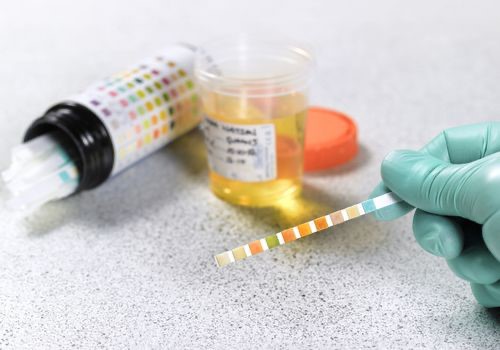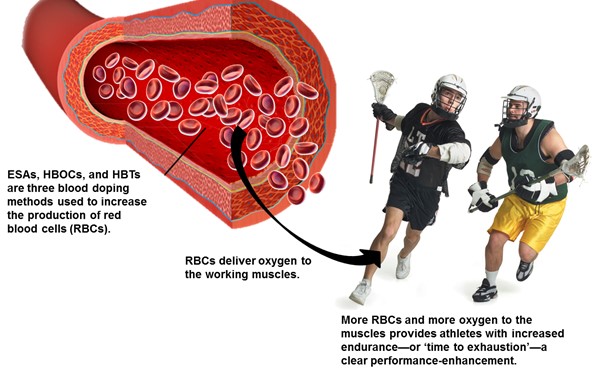Famous international sporting events, such as the Olympics, FIFA World Cup, and Tour de France Cycling, have strict doping tests. These tests allow every athlete to have a level playing field. Some well-known tests are urine and blood tests. They are carefully examined and analyzed by sports staff. How do they test whether athletes doped or not?
Testing urine is one of the most simple and trustworthy ways to test doping. When urine of an athlete is carried to the lab for testing, scientists use visual exams, dipstick tests, and microscopic tests. A visual test is done by scientists. Urine is typically clear. Cloudiness or an unusual odor can indicate a problem, such as an infection. Protein in urine can make it appear foamy. Urine color can be influenced by what you’ve just eaten or by certain drugs you’re taking, for example, beets or rhubarb might tint your urine red. Dipstick tests are done by a stick that has chemicals attached to it. It changes colors depending on substances in the urine. The test checks for acidity, concentration, protein, sugar, ketones, and evidence of infection. In a microscopic test, urine is spun by a machine and examined by scientists through microscopes.

Testing blood is another efficient way of testing doping. The aim of “blood doping” is to increase the amount of hemoglobin in the bloodstream. This can be done with blood transfusions, which increase the amount of hemoglobin. Illicit blood transfusions are used by athletes to boost performance. There are two types of such transfusions. One of them is autologous transfusion, a transfusion of the athlete’s own blood, which is drawn and then stored for future use. The other way is homologous transfusion. In this type of transfusion, athletes use the blood of someone else with the same blood type.
Another form of blood doping is EPO injection. EPO is a hormone produced by the kidney. It regulates the body’s production of red blood cells. This increases the body’s ability to carry oxygen to muscles. Homologous doping tests can be done with a Flow cytometry, which examines markers on the surface of blood cells to see whether another person’s blood is added to the athletes.
One more test is the autologous testing, which uses a CO rebreathing technique to measure differences in the amount of HBOC and CO.

Athletes are constantly on the search for an advantage that will help them win. Thus, sporting organizations must be ready to ensure that all participants are competing fairly.
By Yoonoh Noh

